Aloe vera is one of the famous and most popular houseplants. is aloe vera plant a cactus?
Aloe vera plants are more commonly grown at home because of the low requirements.
Since the words ‘succulent’ and ‘cactus’ are common, the question arises whether aloe vera is cactus or succulent.
Not sure if aloe is supposed to be a type of succulent or cactus?
Or the difference between the two? This is an important point to consider in understanding maintenance requirements.
In this article, plants adviser smith noah takes you through the classification of aloe vera.
Similarities between cacti and succulents, such as aloe vera, are as numerous as the differences between cacti and succulents.
You might think the words ‘cactus’ and ‘succulent’ are interchangeable because both groups of plants enjoy a similar lifestyle and require similar care.
Now, I can make an analogous comparison between cacti and succulents. All cacti are actually succulents, but not all are succulents.
Let’s find out why especially aloe vera is succulent, certainly not cacti. We will look at the basic differences between the two desert natives.
Aloe Vera Plant is a Cactus or Succulent?
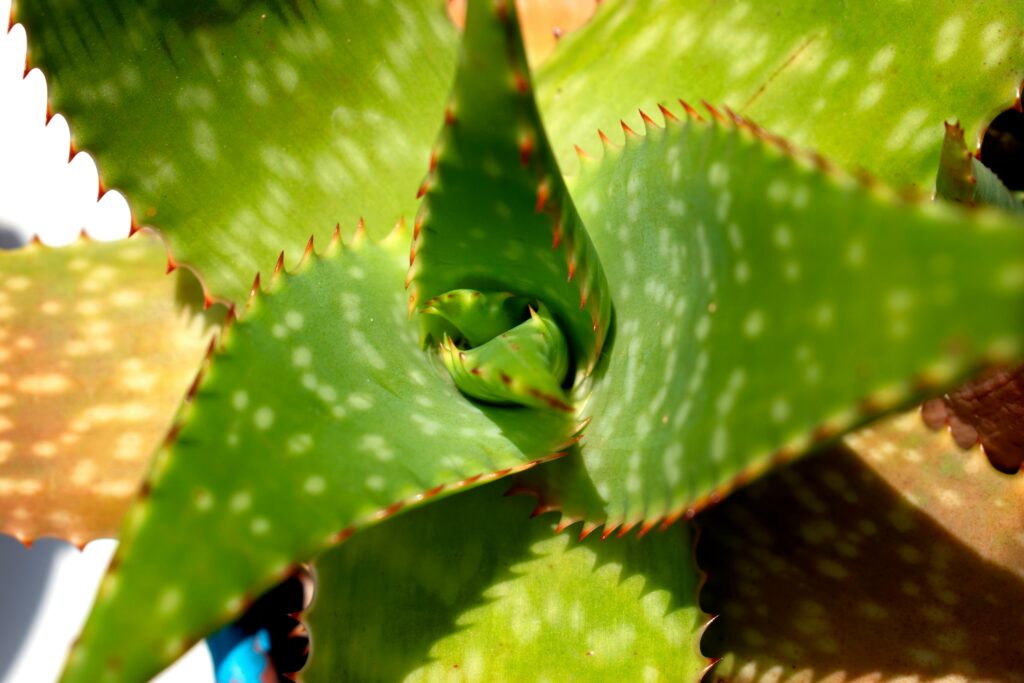
Often, the question arises whether an aloe is a cactus or a succulent. All cacti are succulents, but not all cacti are succulents.
The cactus is a prickly succulent. Although aloe vera has small spines on the edges of its leaves, they are not considered a cactus type.
Aloe Vera is a herbaceous or arborescent, evergreen perennial, xerophytic, monotypic succulent, green plant.
As with all succulents, aloe plants can store water in their leaves.
Retaining water in tissues allows aloe vera plants to survive the long droughts that prevail in the arid environments where they naturally occur.
The stored water is then slowly used by the aloe vera plant during droughts. Aloe vera plants are easily cultivated as container plants due to their resistance to water shortage.
Aloe vera plants do not require direct sunlight. Aloe vera plants grown indoors can live a long time if given proper care.
Is Aloe Vera Plant a Cactus Short Answer
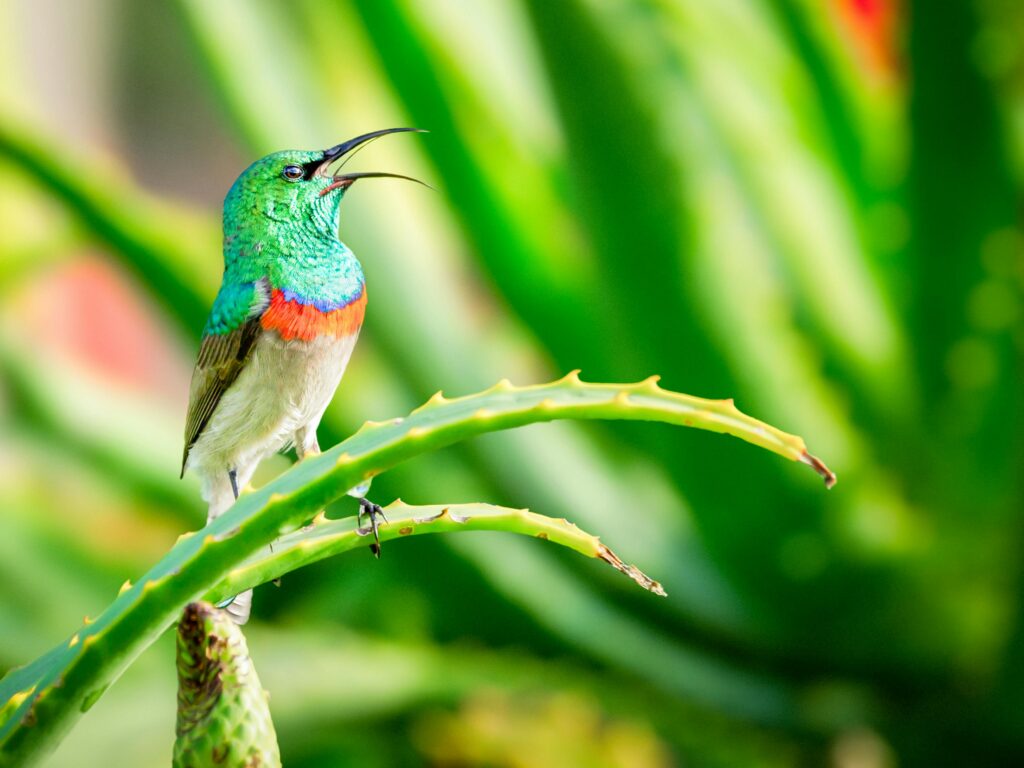
Aloe Vera is not a cactus. The Linnaean classification system is a system by which all living things are classified based on certain character traits and genomes.
Plants are placed in plant families, otherwise known as flowers, based on their physical characteristics and the arrangement of their reproductive structures.
It belongs to the botanical family Asphodelaceae whereas true cacti belong to the family known as Cactaceae Flowers look nothing like cacti flowers, even to the naked eye.
When you dive deeper, the arrangement of DNA is also different between the two plant families, resulting in distinct physical differences.
Both are plants, and both produce flowers and fruit instead of cones with inviolate seed. Both plants have adapted and refined certain physical features to survive in desert environments.
Aloes and cacti can defend themselves from predators desperate to quench their thirst by eating the moist, thick flesh of the plant.
Both prefer warm, dry climates and can go long periods without water. Aloe vera and cacti are propagated using similar methods.
However, despite similar plant parts and anatomy such as stems, flowers, and leaves, each type of plant has completely different functions and physiological processes.
What Kind of Plant is a Succulent?
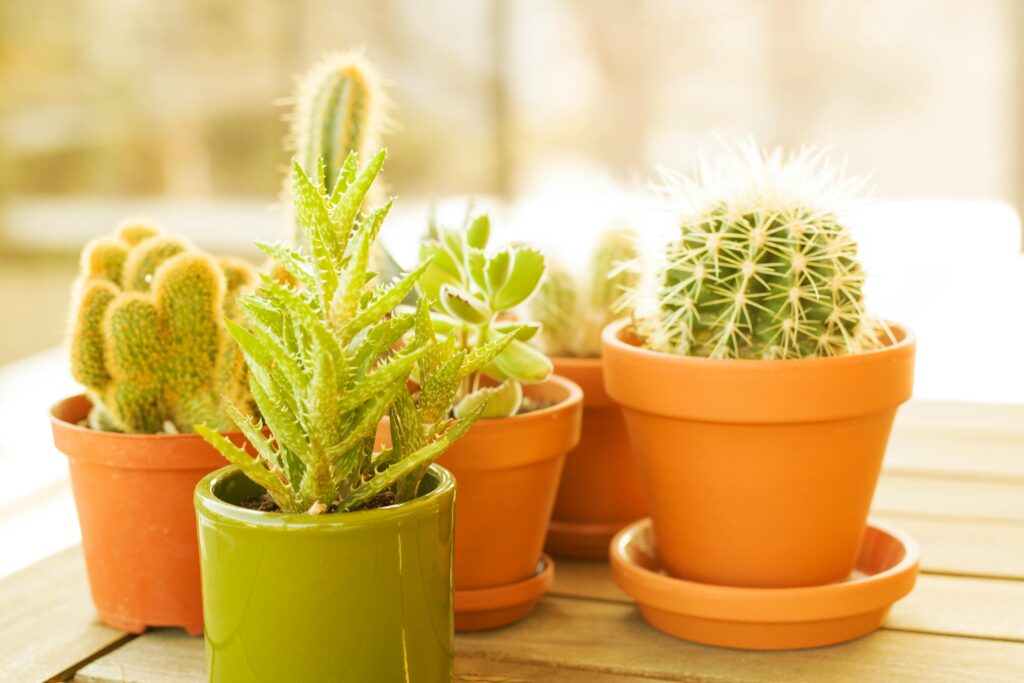
Succulents are plants with fleshy, often colorful, dense leaves. They belong to the group of xerophytes which are adapted to live in conditions of limited water availability.
Hence, they tolerate prolonged periods of drought well. They can store excess water in aquatic parts located in the stem (stem succulents), root (root succulents) or leaves (leaf succulents).
The surface root system of succulent plants enables efficient water uptake during rainfall.
Succulents, such as cacti, have structural features and mechanisms that protect against water loss, such as wax on the skin surface, leaf spines, stomata that close during the day, and thick cuticles.
The Most Popular Succulents
(1) Aloe (Aloe Barbadensis), (2) Century plant (agave), (3) The jade plant (Crassula ovata),
(4) Mexican Snowball (Echevarria), (5) Sparge (Ufopia), (6) Ox tongue (gasteria), (7) Howarthia Lifesaver cactus (huernia), (8) The Kalanchoe stonecrop (sedum), (9) Groundsel (Senecio).
What Type of Plant is a Cactus?
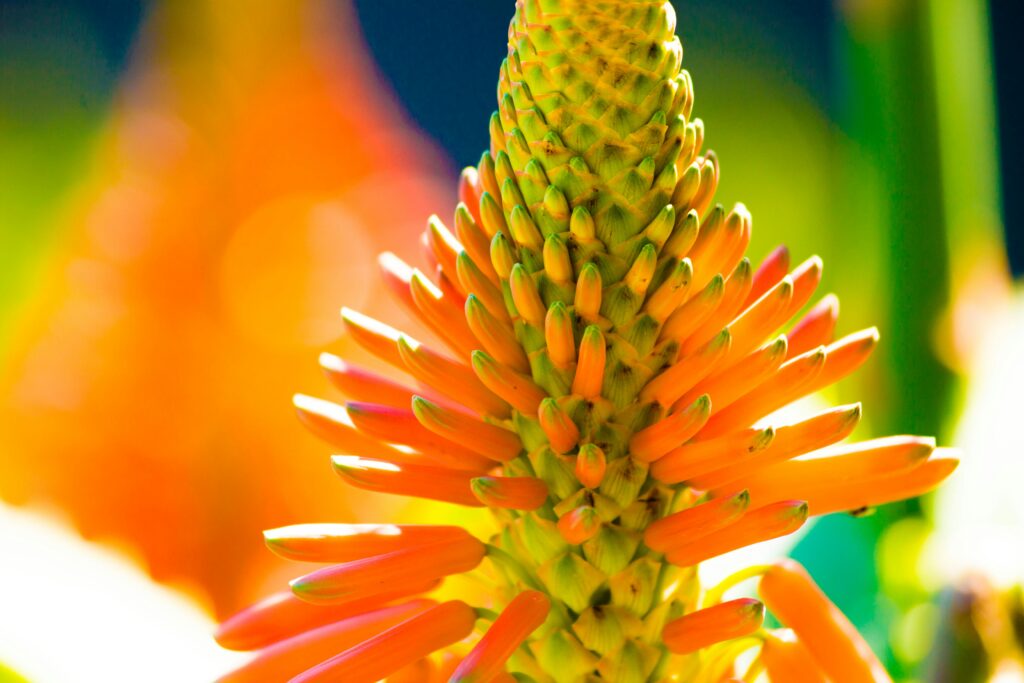
The natural habitat of cactus plants in the family Cactaceae is the dry climates of North, Central and South America. Exceptions are plants of the genus Rhipsalis.
They are found over large parts of North Africa. Cacti store water in their stems, which is why they are called stem succulents.
They are distinguished from other succulents in that they have an areola. Flowers and cacti fruits are produced from the areola apart from the stem.
Cacti develop a shallow, extensive root system that allows extensive soil penetration in search of moisture.
Cactus roots grow in width, which increases the chance of receiving sufficient water from dew or rain. Leaf reduction in cacti results in a reduction in transpiration surface area.
The fleshy part of plants in the cactus family is the stem, which stores water and acts as an assimilation function after the leaves are shed.
Leaves with a compound function, which has the characteristics of leaf blades, develop only in plant species in the genus Paraceae.
Plants in the Aloe genus are considered the easiest to grow and are an ideal solution for those who forget to water regularly.
The best location for the cacti would be a sunny location with an ambient summer temperature.
Some cacti growing in natural conditions are under full protection, such as Cephalocerius sinensis growing in the Valley of the Elders in the United States.
Most Popular Cacti
(1) Old man cactus (Cephalocereus sinensis) (2) The Golden Barrel Cactus (Echinocactus grusonii)
(3) Monster apple cactus (Cerius peruvianus ‘Monstracus’) (4) Pincushion cactus (Mammillaria)
(5) Red Cap Cactus (Gymnocalycium mihanovichii Friedrichii “Rubra”) (6) Rabbit’s Ear Cactus (Opuntia microdescis) (7) The Christmas cactus (Schlumbergera truncata) (8) Mistletoe cacti (ripsalis).
All Cacti Are Succulents?
Due to their anatomy, all cacti stem succulents, but not all succulent cacti, although many have become like their prickly cousins.
The basic difference between a cactus and a succulent focuses mainly on their anatomical structure. Primarily external appearance and breeding methods.
Geographical Differences
First, let’s see where both plants are native. Based on ancient Egyptian artwork depicting drawings of the aloe plant, we can determine that aloe originated in the Mediterranean as well as the Middle East.
Cacti are considered ‘New World’ plants, native to the United States Because of their native environment, aloe vera needs less water than other types of plants.
Cacti are similar in that they typically exist in arid, dry environments.
Because of their widely spaced geographical location, each plant of this type has undergone physical adaptations or changes in their function and external appearance to survive.
Succulents like aloe have characteristic fleshy, thick leaves that are great at storing water for long periods.
Many succulent can be propagated from a single leaf, including aloe vera the outer part of the succulent leaves is often waxy, which helps prevent water loss that occurs during respiration.
Without the wax coating, succulents would never have survived the harsh rains of desert environments.
They will not be able to replace water faster than they lose it in such dry, arid climates Cacti, on the other hand, have virtually no leaves or leaves that are invisible to the naked eye In place of leaves, many cacti have sharp spines all over their stems.
Often, these spines are found in clusters in the leaf axils, where you’d normally find leaves. Thorns on cacti have several purposes.
One of the main functions of spines is to protect the cactus from being eaten.. Water is scarce in the desert, and many herbivores can easily eat cacti to obtain the moisture they need from the plant tissue.
It’s rather difficult to get a good bite out of a cactus if it’s covered in thorns, Another reason cacti have thorns is to provide shade for the stems.
Desert light levels are intense, and the thorns can actually protect the cacti from overheating. If a cactus gets too hot, cell damage will begin.
Both Types of Stems
stems play different roles within each plant grouping. Both succulents and cacti stems will be the point of contact for any flowers that will originate and any leaves or leaf modifications, like thorns to attach to the plant.
But, unlike succulents that store water in their leaves, cacti take on the role of storing water in the stems.
Also, since leaves are not present or microscopically small, photosynthesis, the process of making the plant’s own food, takes place in the cacti’s stem.
Succulents make all of their food in the leaf tissue. The cacti’s fleshy stems are adapted to store water and are capable of photosynthesis.
On the other hand, succulents have dense, fleshy leaves that are adapted for storing water.
What’s the difference between cactus and succulent?
Both cacti and succulents prefer similar growing conditions: a sunny position, well-drained soil, and little surface water. they do not withstand root flooding and frost.
Succulents are tolerant of indirect sunlight when grown in containers. Cactus likes a sunny position. A well-lit windowsill with full sun will be perfect if grown indoors.
Leaf vs. Thorn
The most noticeable difference between succulents and cactus is the lack of succulent spines. The spines gather in small white dots visible on the stem of the cactus the areole.
Unlike cacti, succulents do not form areoles. This is one of the main distinguishing characteristics between cacti and succulents.
Is Aloe Vera Plant a Cactus and Flowers
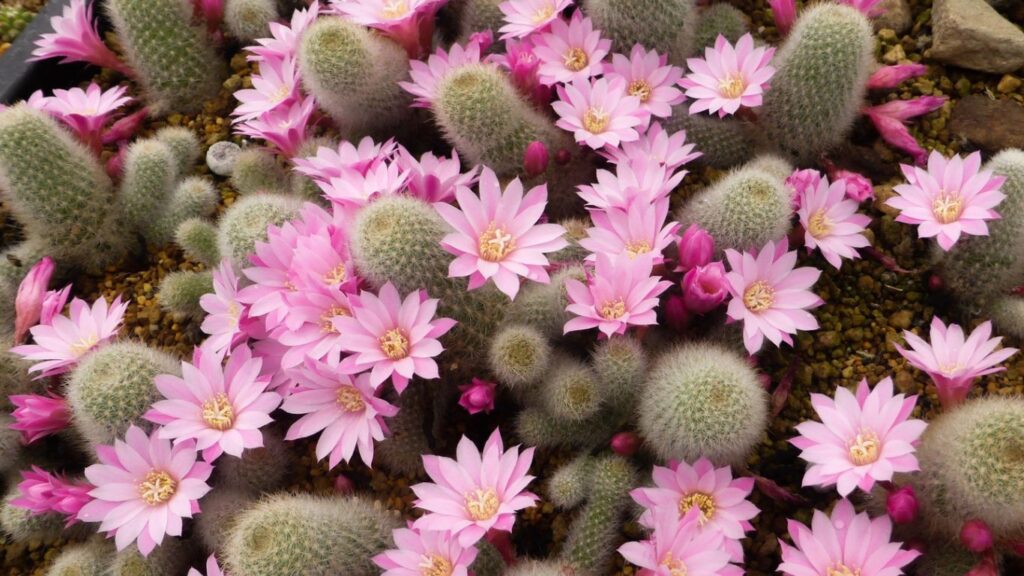
Both types of plants are considered flowering plants. But, the flowers are distinctly different. Aloe vera flowers on long stems emerging from the middle of the stem.
Flower length can vary from 4”-24” depending on the size of the plant. The flowers are horn-shaped, lily-like, and come in white, yellow, and orange.
Aloes typically bloom during active growth in late fall or early winter. In contrast, cactus flowers are often small, brightly colored flowers that grow close to the cactus stem.
Cactus flowers have many petals ranging from white, yellow, orange, pink and purple. In the middle of each flower are several stamens or long stem-like strands.
These stamens contain the pollen of cactus flowers The reason there are so many stamens is because cactus flowers are more likely to be pollinated if they have more stamens.
Cacti usually bloom in spring and summer, as rainfall, temperature and day length are ideal. Many cacti produce large, fragrant, ornamental flowers that bloom at night.
Moths and bats pollinate the cactus flowers, which bloom at night. Diurnal butterflies pollinate cacti that bloom during the day.
Succulent flowers are small, usually inconspicuous that are mainly pollinated by bees. After pollination, cacti produce fruit that participates in their reproduction and is devoid of juicy substance.
Final Thoughts
Although aloe vera likes the same conditions as cactus, after examining the differences between how each plant is assembled and how it works, it makes more sense why aloe is not cactus.
Looking at where water is stored, where food is made as well as dormancy and flowering times, these two plants differ.
However, the fact that these two different plant species have adapted and changed in ways to preserve each of their respective genetic lines is pretty incredible, especially in desert conditions.
Although it resembles a cactus plant, the aloe plant is a succulent that stores water in its leaves, so it belongs to the leaf succulents. Succulents and cacti have many differences.
Succulents and cacti are widely cultivated for their decorative qualities in the ground and in containers, although they have different structures, shapes or flower arrangements.
Ease of cultivation and low water requirements make these low-maintenance plants highly recommended for new gardeners.
Reference:
